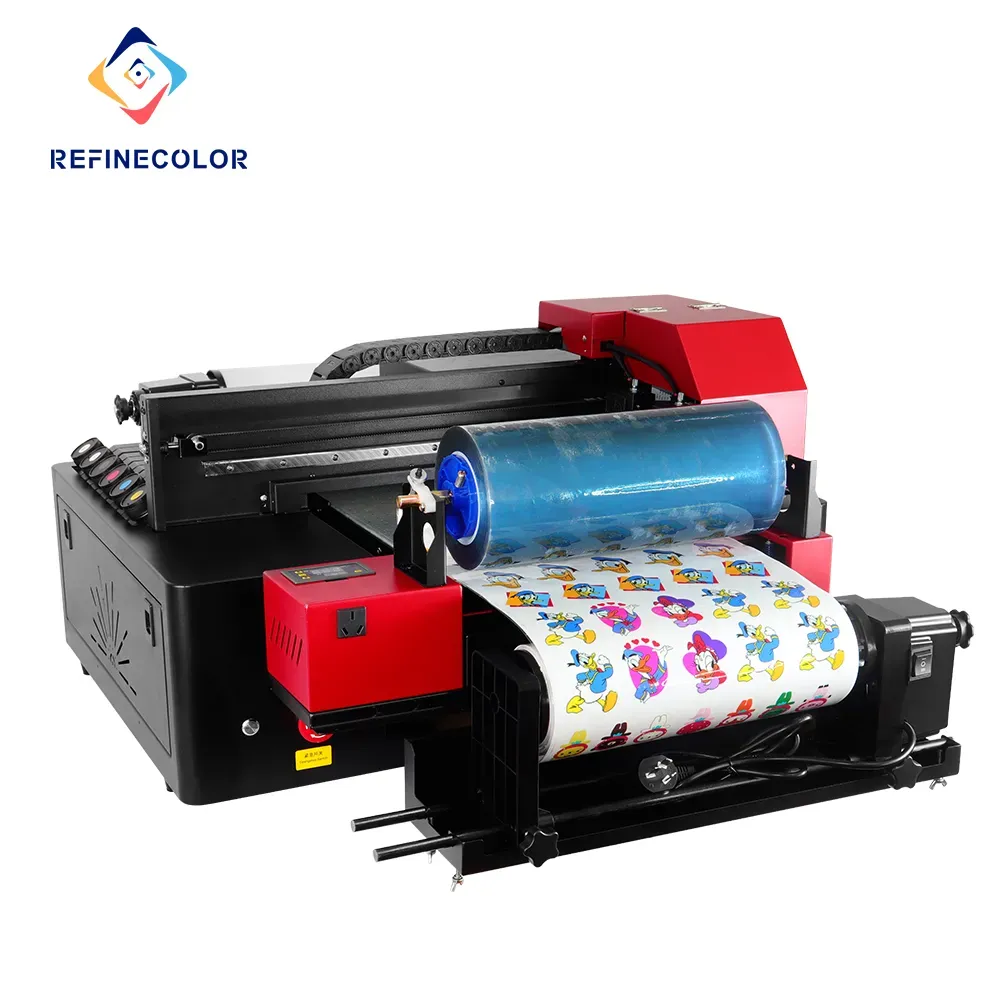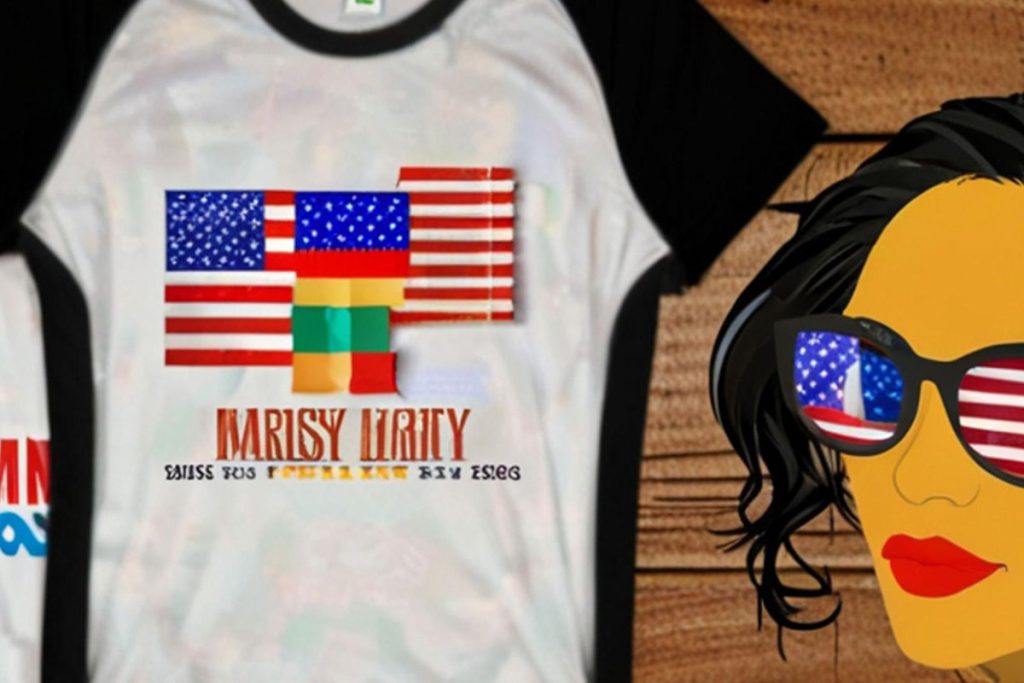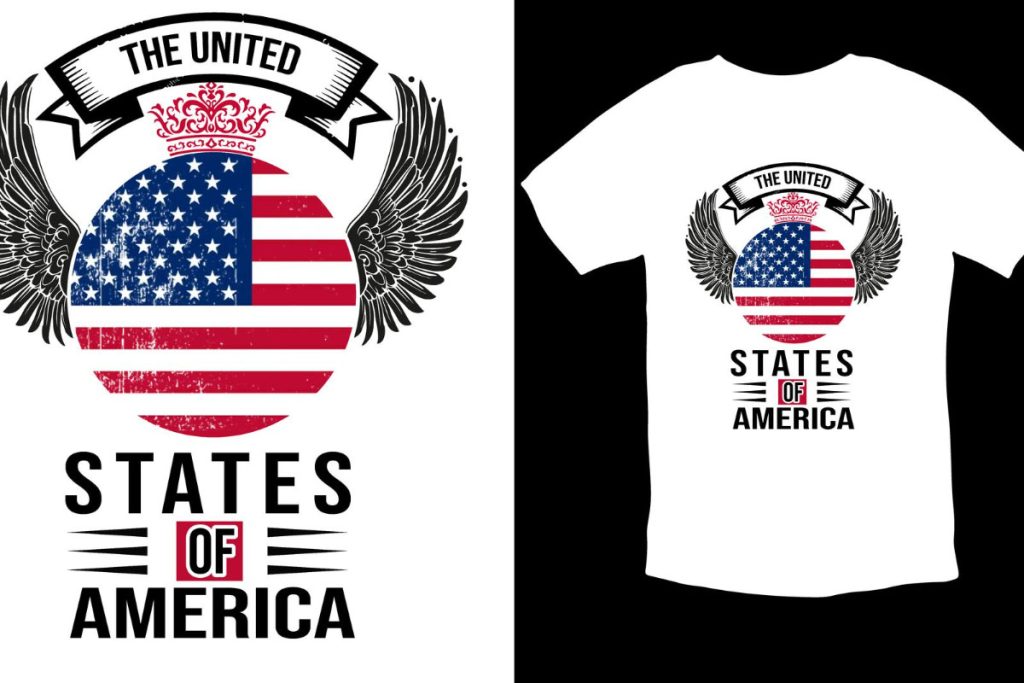UV DTF printing is rapidly emerging as a game-changing technology within the printing industry, offering unparalleled advantages over traditional printing methods. This innovative approach utilizes ultraviolet light to cure ink on a transfer film, creating vibrant, high-quality images that can be applied to various materials. As businesses and designers explore print quality comparison, UV DTF stands out for its ability to produce rich colors and intricate details that often surpass the capabilities of established techniques. In this article, we delve into the latest trends in printing technology, focusing on how UV DTF enhances sustainability while providing versatile options for diverse applications. By understanding these advancements, you can make informed decisions that align with both your creative aspirations and ecological considerations.
In the realm of modern printing solutions, Direct to Film (DTF) technology, particularly when enhanced with ultraviolet (UV) curing, is gaining traction as an alternative to conventional methods. This shift in printing dynamics highlights the evolution of techniques that prioritize both efficiency and eco-friendliness, offering impressive outcomes for creatives. Known for its ability to produce stunning print quality that resonates with today’s market demands, UV DTF methods are not only redefining the landscape but also influencing sustainability practices within the industry. As we explore this transformative technology, comparisons with traditional approaches will reveal insights into cost-effectiveness, adaptability, and environmental impact. Join us as we uncover the potentials of UV DTF, ensuring your printing choices are at the forefront of innovation.
The Rise of UV DTF Printing Technology
UV DTF (Direct to Film) printing technology has emerged as a significant player in the printing industry, showcasing its ability to deliver high-quality results with remarkable speed and versatility. This innovative method utilizes ultraviolet light to cure ink directly onto transfer films, allowing for an extensive array of applications across diverse materials. As businesses increasingly seek faster turnaround times and customized solutions, UV DTF stands out as a game changer, offering a fresh alternative to traditional printing methods.
The advantages offered by UV DTF printing—such as vibrant colors and high-resolution outputs—are leading many companies to shift toward this technology. Its capability to produce intricate designs on a wide variety of substrates, including textiles, metals, and plastics, places UV DTF at the forefront of contemporary printing solutions. As we analyze the trends in print technology, it is evident that this method is not only revolutionizing the creative possibilities for designers but also reshaping consumer expectations for print quality.
Moreover, UV DTF printing is gaining recognition for its sustainability practices. By using eco-friendly inks with low VOC emissions, it appeals to environmentally conscious brands and consumers alike. This shift towards sustainable printing practices, paired with the high efficiency of UV DTF technology, positions it as a leading choice in today’s print market as we move towards a greener future.
As companies adapt to these trends, the increased adoption of UV DTF printing could redefine industry standards. By prioritizing quality, sustainability, and customization, businesses embracing this technology are likely to enhance their competitive edge—setting the stage for the next phase in printing evolution.
Comparing Print Quality: UV DTF vs. Traditional Methods
When it comes to print quality, evidence suggests that UV DTF printing consistently outperforms many traditional printing methods. The technology’s ability to cure ink instantly using UV light creates a robust ink layer, resulting in bright, rich colors and intricate details that are challenging to replicate through older techniques. This factor makes UV DTF the preferred choice for applications requiring exceptional vibrancy and clarity, especially when producing fine art prints or detailed graphics.
On the other hand, traditional printing methods such as screen printing and offset printing, while historically reliable, often struggle with color accuracy and detail when compared to UV DTF technology. The limitations in color matching and the risk of color fading over time place traditional printing at a disadvantage in an increasingly design-centric marketplace. Consequently, businesses looking to enhance their brand’s visual appeal may find UV DTF to be the superior option for both quality and adaptability.
Cost Efficiency in Printing: Short Runs vs. Bulk Orders
Cost efficiency is a crucial consideration when comparing UV DTF printing to traditional methods. While the initial investment in UV DTF equipment may be higher, its ability to deliver high-quality prints on demand minimizes waste and reduces costs for smaller production runs. This makes UV DTF printing particularly beneficial for businesses that focus on custom orders and require rapid response capabilities.
In contrast, traditional printing methods typically excel during bulk production, where the amortization of setup costs can drastically decrease per-unit prices. For larger projects, such as promotional materials requiring mass printing, traditional techniques can still represent a viable economic option. Understanding these dynamics allows businesses to choose the most cost-effective printing method based on their specific needs and production scales.
Environmental Sustainability in UV DTF Printing
As sustainability becomes a top priority across various industries, UV DTF printing leads the way with its environmentally friendly practices. The use of UV inks has become increasingly popular due to their low VOC emissions, making them a safer choice for both production staff and the environment. This aligns with a growing consumer preference for green products, encouraging brands to adopt more sustainable printing solutions to appeal to eco-conscious customers.
Unlike many traditional printing methods that often involve solvent-based inks or resource-intensive processes, UV DTF technology promotes a more sustainable approach. As printing companies strive for greener practices, the shift toward UV DTF can significantly reduce the carbon footprint and environmental impact of the printing process. Embracing such innovative technology not only ensures compliance with environmental regulations but also enhances a company’s reputation as a responsible brand in today’s high-stakes market.
Versatility of UV DTF Printing Across Different Materials
One of the primary advantages of UV DTF printing is its remarkable versatility, allowing it to adapt to a wide range of materials. From textiles and rigid surfaces to various non-porous substrates, UV DTF can handle diverse printing needs, making it an ideal choice for businesses looking to expand their product offerings. Whether producing custom apparel, promotional items, or unique signage, the capability to print on various surfaces allows for creativity and innovation in design.
In contrast, traditional printing methods often have material limitations that restrict their application. For example, screen printing is mainly effective on fabrics, and while offset printing is excellent for paper products, both struggle with non-traditional substrates. This inherent lack of flexibility can hinder product diversification, compelling businesses to seek alternative solutions like UV DTF printing that meet diverse market demands.
Future Printing Technology Trends and Innovations
As technology continues to evolve, printing techniques are undergoing rapid changes, with UV DTF printing leading the charge. The demand for high-quality, customizable solutions is driving advancements in this area, making it essential for businesses to stay informed about trends that can affect their operations. Innovations such as faster curing times, improved ink formulations, and enhanced printer capabilities are likely to emerge, further placing UV DTF at the forefront of printing technology.
Additionally, the trend towards personalization and on-demand printing is reshaping consumer expectations, positioning UV DTF printing as a quintessential option for businesses aiming to meet these needs. With enhancements in speed and efficiency, UV DTF technology promises to facilitate the desire for customized products, ensuring that brands can respond swiftly to ever-changing market demands and deliver exceptional value to customers.
Frequently Asked Questions
What are the key advantages of UV DTF printing compared to traditional printing methods?
UV DTF printing offers several significant advantages over traditional printing methods. It provides superior print quality with vivid colors and intricate detail due to the UV curing process, which ensures better ink adhesion to various substrates. Additionally, UV DTF is highly versatile, capable of printing on diverse surfaces such as textiles, plastics, and metals. This adaptability makes it an ideal choice for creative applications, unlike traditional methods that often have material limitations.
How does the print quality of UV DTF compare to that of traditional printing techniques?
The print quality of UV DTF printing generally surpasses that of traditional printing techniques. UV DTF utilizes ultraviolet light to cure the ink, resulting in prints that are more vibrant, detailed, and durable. While traditional methods may struggle with color accuracy and long-lasting prints, UV DTF consistently delivers enhanced vibrancy and resistance to fading, scratches, and environmental factors.
What cost factors should businesses consider when choosing between UV DTF printing and traditional printing?
When weighing cost factors between UV DTF printing and traditional printing, businesses should consider the initial investment and long-term savings. UV DTF printing might require a higher upfront investment in equipment, but it often leads to lower production costs for small runs, making it economically viable for custom orders. Conversely, traditional methods are often more cost-effective for high-volume productions due to amortized setup costs, making them appealing for bulk printing needs.
Is UV DTF printing a more sustainable option than traditional printing methods?
Yes, UV DTF printing is often considered a more sustainable option compared to traditional printing methods. It uses eco-friendly UV inks with lower VOC emissions, contributing to a reduced environmental impact. While traditional printing is improving its sustainability practices with greener inks, it still tends to be more resource-intensive, raising carbon footprints significantly in many cases.
What recent trends are emerging in UV DTF printing technology?
Recent trends in UV DTF printing technology point towards increased popularity and market growth as businesses seek faster and customizable printing solutions. Companies are increasingly adopting UV DTF for personalized applications, which enhances accessibility and innovation in the printing landscape. These trends suggest a shift towards embracing the versatility of UV DTF capabilities, potentially leading to broader adoption across various industries.
How does UV DTF’s versatility impact the range of applications compared to traditional printing?
UV DTF’s versatility significantly expands the range of applications compared to traditional printing. Its ability to print on various surfaces—including non-porous materials—allows for creative outputs like promotional items, custom apparel, and signage. In contrast, traditional printing methods often face material limitations and may struggle to adapt to new substrates. This flexibility in UV DTF printing supports diverse design needs and enhances product offerings for businesses.
| Aspect | UV DTF Printing | Traditional Printing |
|---|---|---|
| Technology | Uses ultraviolet light to cure ink on transfer film, adaptable to various materials. | Includes methods like screen and offset printing, proven but less adaptable. |
| Print Quality | Delivers vibrant colors and durable prints resistant to fading. | May struggle with color accuracy and durability issues. |
| Cost Efficiency | Higher initial investment, but better for small runs with lower production costs. | Cost-effective for large volumes due to amortization of setup costs. |
| Environmental Impact | Uses eco-friendly inks and has lower VOC emissions. | Resource-intensive processes; though some are adopting greener practices. |
| Flexibility | Highly versatile, suitable for various surfaces and applications. | Limited to specific materials, often requiring extensive adaptations. |
Summary
UV DTF printing stands at the forefront of modern production techniques, combining innovation with versatility to meet a variety of printing needs efficiently. Its ability to produce high-quality, vibrant prints on diverse substrates makes it a preferred choice for businesses aiming for customization and quick turnarounds. As awareness of sustainable practices grows, UV DTF further enhances its appeal by employing eco-friendly inks with reduced environmental impact. Businesses looking to invest in printing technologies should consider UV DTF not only for its superior print quality but also for its operational efficiencies, making it an excellent long-term investment in an ever-evolving industry.



